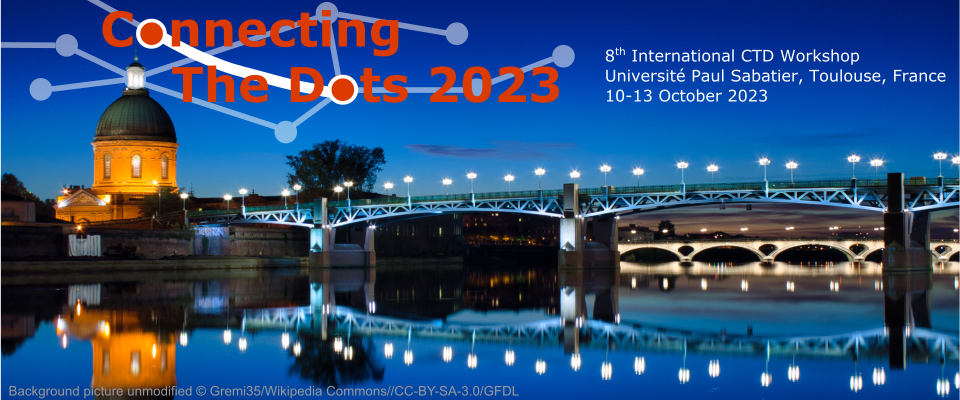Speaker
Description
Quantum computing techniques have recently gained significant attention in the field. Compared to traditional computing techniques, quantum computing could offer potential advantages for high-energy physics experiments. Particularly in the era of HL-LHC, effectively handling large amounts of data with modest resources is a primary concern. Particle tracking is one of the tasks predicted to be challenging for classical computers in the HL-LHC. Previous studies have demonstrated that quantum annealing (QA), an optimization technique with quantum computer, can achieve particle tracking with an efficiency of over 90%, even in dense environments. To execute the QA process, a Quadratic Unconstrained Binary Optimization (QUBO) object is required. In order to apply the QA technique in particle tracking, hits are pairing up and form a QUBO object. Recent research has implemented and tested a graph neural network (GNN) using simplified samples in the preselection stage of the QA-based tracking algorithm. The current study aims to generalize the dataset and construct a GNN to classify hit pairs within a dense environment. Furthermore, the tracking performance of the standard QA-based tracking algorithm will be compared with that of the GNN-QA tracking algorithm.
